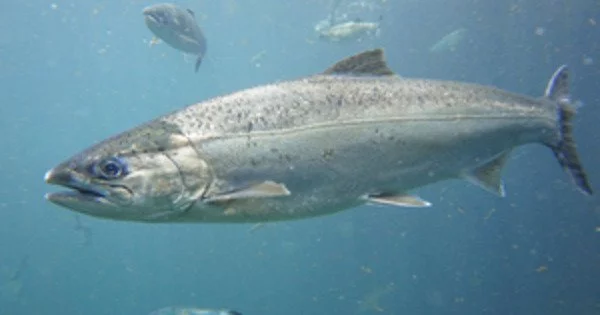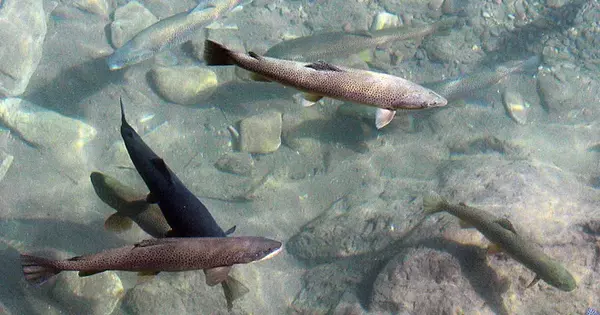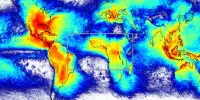A new paper published in Science Advances summarizes the impact of metal and coal mines on salmon and trout in northwest North America, emphasizing the importance of more complete and transparent science to inform mining policy. It is the first comprehensive effort by an interdisciplinary group of experts to explicitly link mining policy to current knowledge of watershed ecology and salmonid biology.
“Our paper does not advocate for or against mining; rather, it describes current environmental challenges and gaps in the application of science to mining governance. We believe it will provide much-needed scientific clarity on this contentious issue” Chris Sergeant, a graduate student at the University of Alaska Fairbanks College of Fisheries and Ocean Sciences and a research scientist at the University of Montana, is the study’s lead author.
Experts integrated and reviewed information on hydrology, river ecology, aquatic toxicology, biology, and mining policy for the study. Their thorough assessment covers over 3,600 mines in Montana, Washington, British Columbia, the Yukon, and Alaska. The mines range in size from small family-run placer operations to massive open-pit operations.
Our paper does not advocate for or against mining; rather, it describes current environmental challenges and gaps in the application of science to mining governance. We believe it will provide much-needed scientific clarity on this contentious issue.
Chris Sergeant
The study shows that, despite impact assessments intended to evaluate risk and inform mitigation, mines continue to harm salmonid-bearing watersheds through contaminants, stream channel burial and streamflow alteration. Silt suffocates eggs, and embryos may not survive contaminated groundwater. Heavy metals compromise a salmon’s sense of smell, which affects their ability to react to predators and find their way back from the ocean to spawn.
“Although not all mines pose the same level of risk, our investigation revealed that mining-related harm can be severe and long-lasting. The magnitude of mining pressures on these watersheds emphasizes the critical importance of accurately assessing risk to water, fish, and communities “Sergeant stated.

The paper also describes how some mining policies fail to account for the breadth and length of mining’s environmental impacts, as well as the growing effects of climate change.
“The crux of the problem is that salmon consume a large portion of the watershed during their life cycle. They move through watersheds, whereas mining project impact assessments are typically very localized and do not adequately consider all of the compounding and downstream effects of mining” Megan McPhee, a salmon biologist and CFOS faculty member, stated
Some impact assessments, she explained, do not fully assess the infrastructure required to operate a mine, such as roads, electricity generation, and water removal.
“Another thing is that most mines, after closure, have to be mitigated in perpetuity. That’s a problem because most corporations aren’t structured that way. Also, most mitigation strategies don’t take into account environmental change, including permafrost melting, and climate change-induced flooding,” said McPhee.
The authors then highlighted four key issues that will be foundational to modern, science-based risk assessment and mitigation, beginning with understanding stressor complexity and uncertainty. Impacts such as altered hydrology and temperature, habitat modification and loss, and pollutants are examples of stressors.
Other critical issues include accounting for the cumulative effects of mining activities over the life cycle of a mine, developing realistic mitigation strategies, and acknowledging the potential for climate change to magnify risk.
















